Na Diwa
The Ilerian and Enethian Pantheon
The Na Diwa is the religious pantheon worshiped by the Ilerian and Enethian Humans. It consists of 5 mostly naturally aligned beings, being associated with elements of nature or life- though there is a 6th figure which is sometimes attributed to the pantheon, whose existence and inclusion is often controversial. The two primary Divinities are Netamesphut, worshiped by the Ilerians- and Mahees-Inet, around whom the Enethians center their worship. Sesh'amet, Kha Hetrem, and Pasnia-Pandi, on the other hand, play much smaller roles in Ilerian and Enethian life and culture.






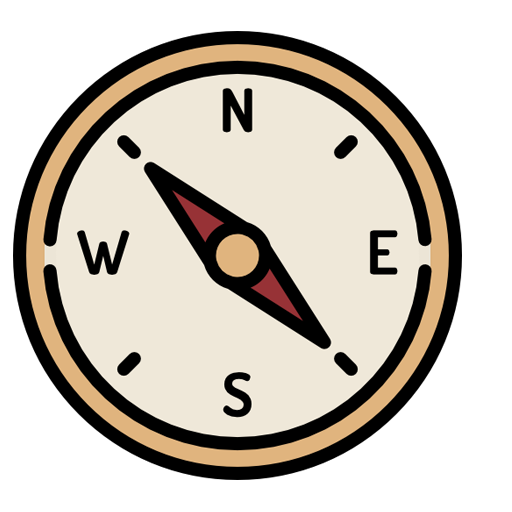
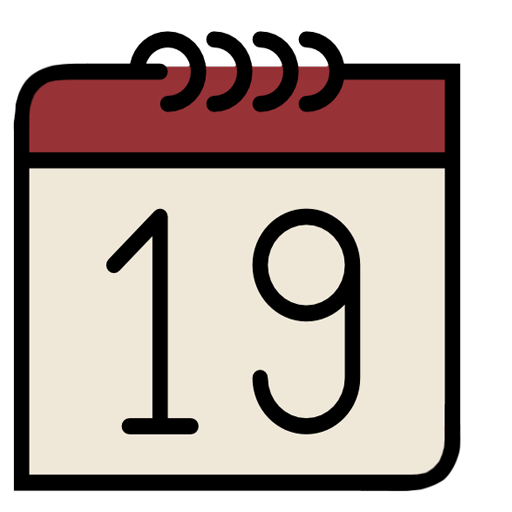

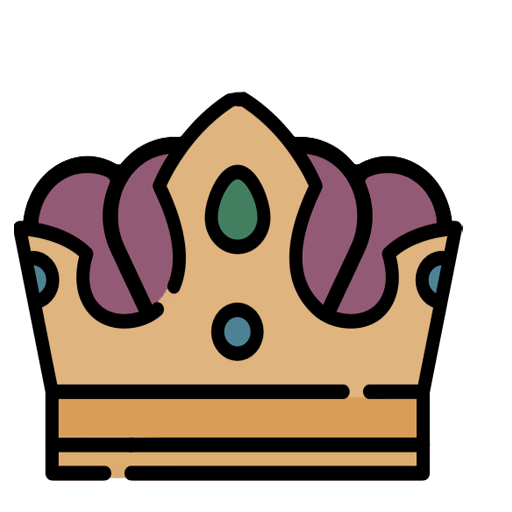

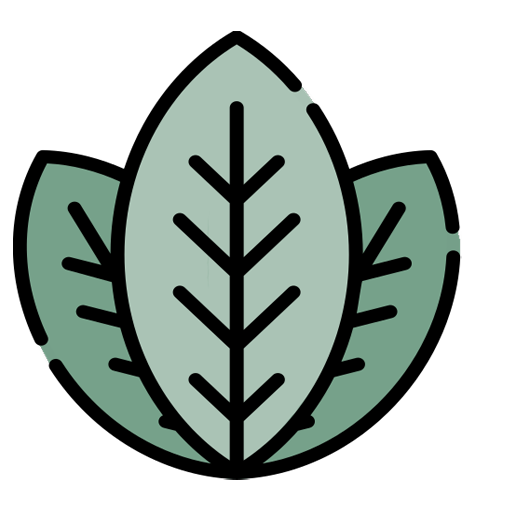
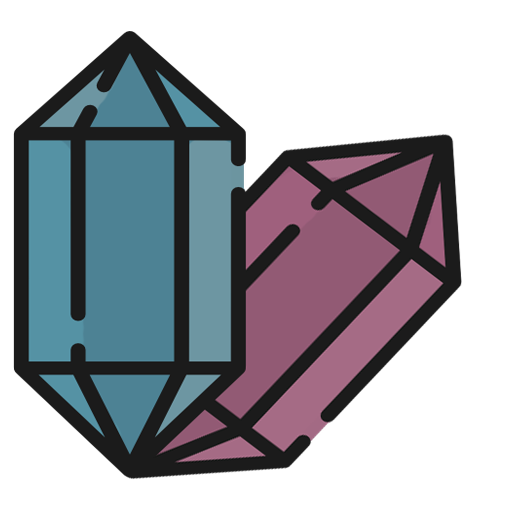

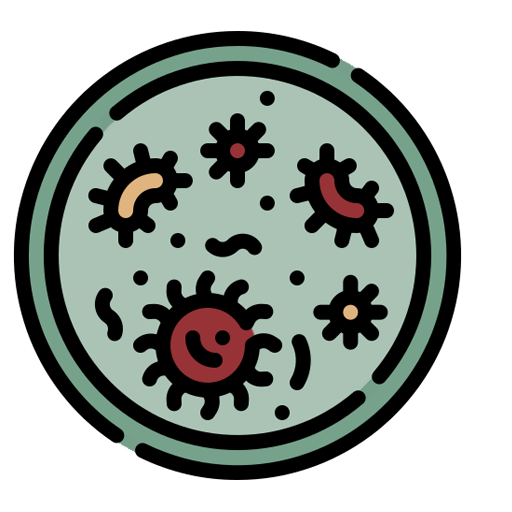
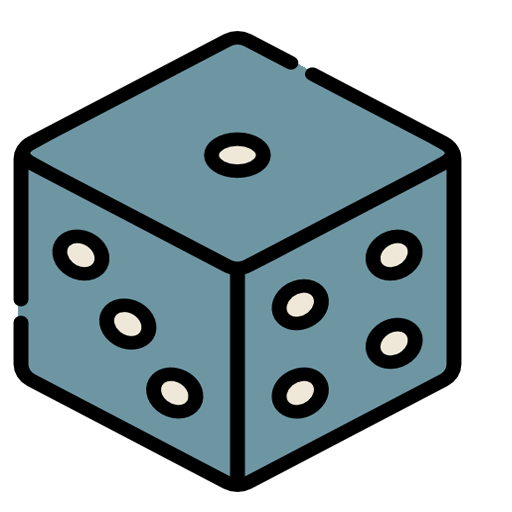
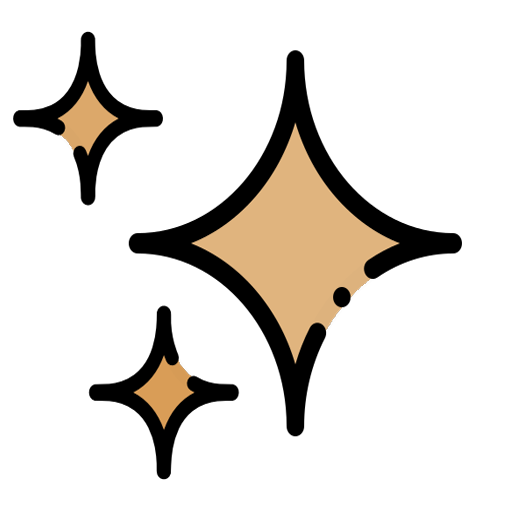




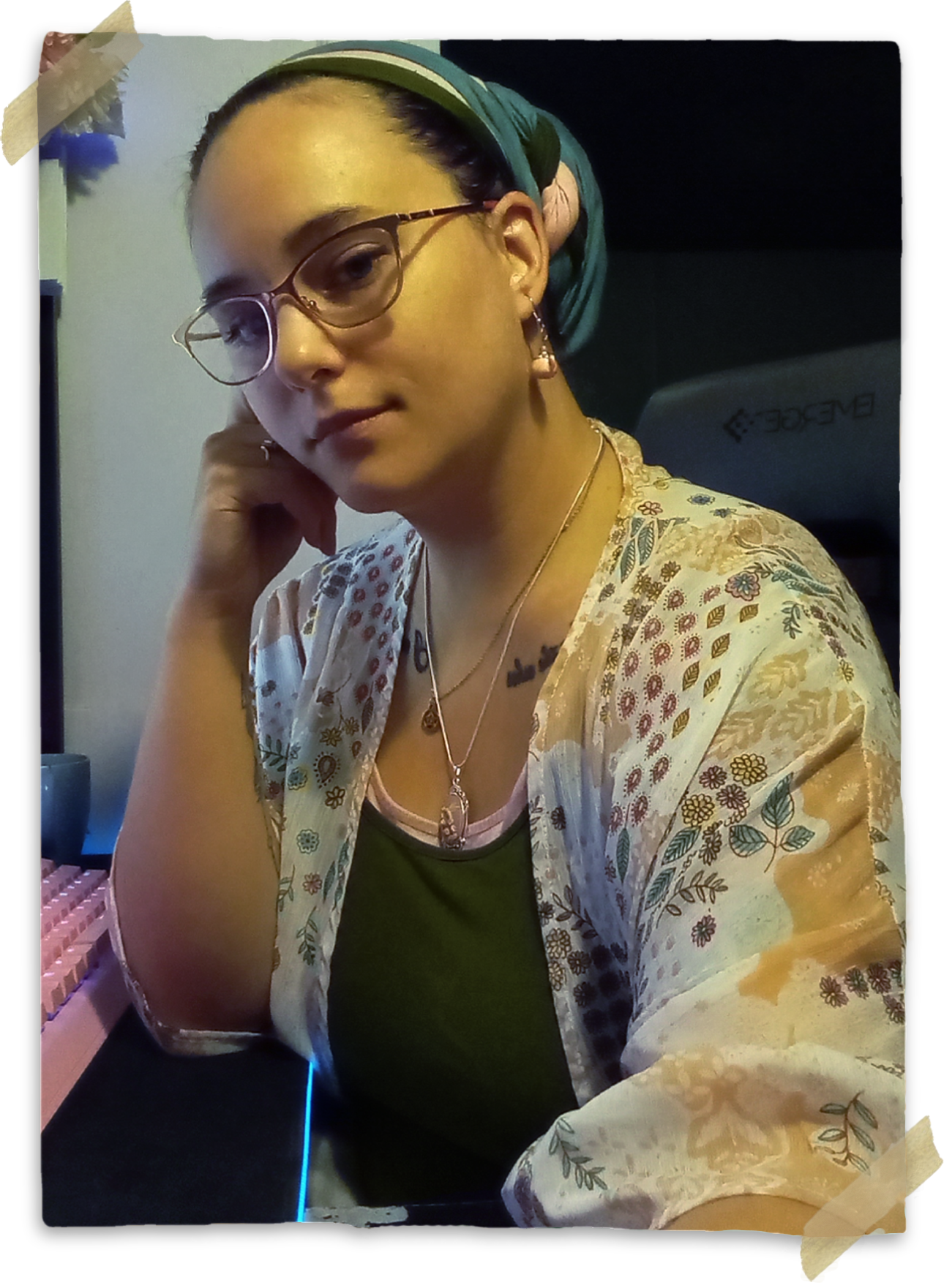
Interesting how you have kind of a tier of deities--the primary 2, the secondary 3, and the controversial 6th (who I naturally find the most interesting, just because he is controversial.) I also liked that your gods extend beyond a gender binary. Finally, really clean formatting. Makes the article engaging and easy to read.
It's not necessarily that there's tiers so much as the sacrifices of the first two gave rise to the cultural splits and are thus the primary Deities of those two cultures respectively by proxy- whereas the other three gave their lives in order to either stop the bloodshed that resulted from the schism between them, or in order to preserve their joint history and culture, and so on. The reason the 6th is so controversial to some is because they're a syncretic figure- a blend of two true Divinities, and not an actual true Divinity in their own right. Which, in this world, is not only an oddity, but also a blasphemy to most cultures and the way in which Divinity works in and of itself!
⤳ Buy me a Ko-fi
⤳ Join My Discord
Sorry, I was bad and just noticed the "read before commenting" section, and not to talk about formatting, so I'm hoping it's okay, since I really do like it.
Oh, that's only a request not to criticize the formatting! And it's only in there because back in ye olden days of WA, there used to be a requirement that if you left a comment, you left a critique. And most people, lacking decent critique skills, typically defaulted to critiquing things like language, formatting, and organization ... It led to a lot of "I think this section would have made more sense here instead" on earlier iterations of my world- which becomes a constant source of neverending annoyance when your setting is written for DMing first (as it's a campaign setting), which means organization and formatting needs are often much different than they would be if it were written for reader enjoyment. So I eventually broke down and put that in there as a polite way to tell people to stfu, ha. A lovely comment or two about how nice my formatting is, and if it made it easy for someone to read, is always appreciated <3
⤳ Buy me a Ko-fi
⤳ Join My Discord
Ah. I'm glad I don't *have* to leave a critique. I enjoy trying to find a couple of thing I like about an article and just telling people how they did well. Most of the time, I don't feel like I know a world well enough to offer a legitimate critique. But yes, I think the article is visually appealing and the information is well organized. I also see how it would be very convenient for a player to access information.
Yeah, me either. And personally, on the receiving end, I always like it more when people comment on aspects of- or even ask questions about- the article to show they actually read it, and engage with my setting that way. It opens dialogue, and allows for more worldbuilding. Plus, then I can sometimes suggest other articles for them to read in my world if they're interested, ha! Like in your case, if you're interested I would suggest you read 'By the Gods' (listed as "Divine Entities" under the Introduction category on the main page, or in the side bar <-), which details how Divinity works in this setting. If I had the articles for Humans back up, I'd suggest those, too. But unfortunately I'm still in the process of redoing all of my Sophont articles.
⤳ Buy me a Ko-fi
⤳ Join My Discord